


In the cloud era, tasks like managing databases and building applications are more accessible than ever by utilizing database-as-a-service (DBaaS) solutions.
Available as software as a service (SaaS) on all major cloud service providers (CSP), DBaaS offers developers and software engineers accessible online databases with managed underlying infrastructure services. Gone are the days of needing on-premises servers to run and manage complex applications; here are the top DBaaS solutions on the market.
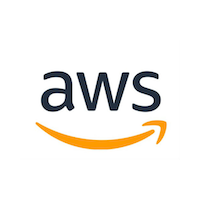
Amazon Web Services (AWS) is the undisputed leader among cloud service providers, with a stack of cloud-based databases to consider. Relational databases like Aurora, RDS, and RedShift are famous for traditional applications like ERP and CRM, while DynamoDB is a robust key-value database for high-traffic web apps. AWS’s other DBaaS types include in-memory, document, wide-column, graph, time series, and ledger databases.

Based on the open source Apache Hadoop, Cloudera’s enterprise data management system has been a leading pick for over a decade.
The Cloudera Data Platform (CDP) offers a stack of solutions, including stream processing, data engineering, warehousing, and data hub, alongside its RDBMS, the CDP Operational Database. Designed for developers, the CDP Operational Database can automate database operations and modernize enterprise-class apps.
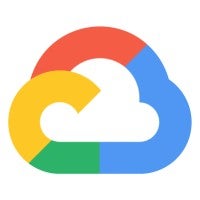
Like AWS, Google Cloud Platform (GCP) is another top pick with many options for different cloud database types and use cases. The list of Google DBaaS solutions includes relational, key-value, document, in-memory, and NoSQL databases for a heap of use cases.
Since 2011, two of GCP’s core products have been Google BigQuery, a serverless, multi-cloud data warehouse solution, and Google Cloud SQL for a managed MySQL, SQL Server, or PostgreSQL database. Other popular DBaaS solutions from Google include Cloud Bigtable for a managed NoSQL database service and Cloud Spanner for a highly available database.

In 2013, IBM acquired budding managed cloud service provider SoftLayer, and in 2017 renamed its cloud services platform to IBM Cloud. Today, IBM Cloud has one of the most substantive platforms with a whole stack of DBaaS products.
The full suite of managed database solutions covers developer tools, confidential data, business intelligence, and enterprise, web, and mobile applications—all natively integrated with IBM Cloud and Red Hat OpenShift.
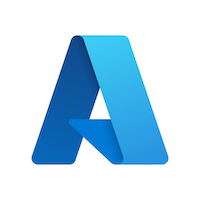
Rounding out the Big 3 of cloud computing, Microsoft Azure is another enterprise CSP offering SaaS, platform-as-a-service (PaaS), and infrastructure-as-a-service (IaaS) solutions to a universe of clients.
In 2009, one of Microsoft’s earliest releases was the Azure SQL Database to build and scale apps in the cloud platform. Another notable DBaaS solution from Microsoft includes its NoSQL database, Azure Cosmos DB, and the Azure Synapse Analytics service can unite data integration, warehousing, and analytics to round out the stack.
Read more: Oracle and Microsoft Rolling Out Database Service for Azure | Datamation

Developed initially as a PaaS before shifting to an open source distribution model, MongoDB is available as a community server, enterprise server, and on-demand managed service. Run on major CSPs (AWS, GCP, and Azure), MongoDB Atlas is a developer-first platform for transforming data into intelligent applications. Teams can spin up databases in seconds using an infrastructure-as-code (IaC) provider, K8s Operator, CLI, or using the Atlas Developer Data Platform.
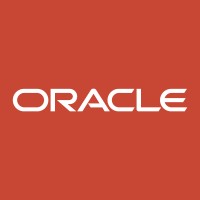
Considering Oracle’s roots in enterprise database management, it’s no surprise the vendor’s cloud services—only released in 2016—are already one of the dominant cloud platforms.
Oracle Cloud includes a full suite of IaaS, PaaS, SaaS, and Data-as-a-Service (DaaS) solutions and DBaaS products like the Oracle Autonomous Database and NoSQL Database. Within the Oracle Cloud Infrastructure (OCI) portfolio, teams can choose from a stack of managed databases for multi-model database management, NoSQL, and MySQL workflows.
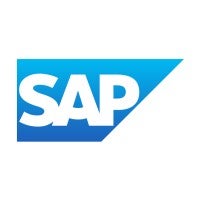
In 2012, the enterprise application vendor released the SAP Cloud Platform (SCP), including the in-memory SAP HANA database management system. The SAP HANA Cloud offers teams a central platform for database management, multi-model processing, security, data virtualization, and more.
SAP HANA is ideal for enterprise organizations and offers continuous monitoring, performance management, disaster recovery, and development tools for database administration.
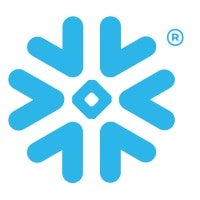
The Snowflake Data Platform includes a cloud-based stack of managed services for warehousing, data lakes, engineering, data science, applications, and cybersecurity. The platform’s three layers consist of a scalable performance engine, automated management, and the Snowgrid to establish cross-cloud and cross-region connectivity and eliminate data silos. A decade after Snowflake’s launch, the data-centric vendor is a favorite partner for a long list of enterprise companies.

With over 40 years as a database specialist, Teradata offers plenty to consider with its cloud data platform, Teradata Vantage. Vantage brings together data lakes, data warehouses, analytics, and different data sources, offering clients enterprise analytics for the multi-cloud, hybrid infrastructure era.
Companies have several deployment options, including AWS, GCP, and Azure for public cloud platforms, IntelliFlex and VMware for on-premises, Teradata Cloud, or customers’ existing private cloud.
Read more: 5 Trends in the Database Job Market | Datamation
Database as a service—often known as DBaaS, cloud database, and managed database—is a managed, online service for creating and building databases through cloud computing. Whereas developers previously relied on physical, on-premises databases to store and manage data, DBaaS offers teams the ability to outsource the underlying software and infrastructure management.
DBaaS solutions offer a range of features, including:
Also read: Top Cloud Managed Service Providers | Channel Insider
Choosing a DBaaS is no small task between the well-known cloud service providers and a mix of new and legacy innovators in enterprise database technology.
As cloud scalability is a double-edged sword, make sure to consider initial, maintenance, and any recurring costs for solutions. Too many nightmares come to mind where users accidentally or frivolously stack up expenses without realizing it.
For flexibility in types of databases, it’s difficult arguing against the portfolios offered by AWS, Google Cloud, and Microsoft Azure. While each offers a stack of DBaaS engines, the more extensive portfolios and different types of databases can also be overwhelming for targeted-use teams. The market of alternatives offer deep specializations and innovative features that are hard not to consider.
Other considerations include existing cloud services and whether the prospective DBaaS provider specializes in the team’s intended use case. For organizations already working with a CSP, bundling the corresponding cloud database will ease integration and reduce costs. Similarly, the range of DBaaS solutions means plenty of use cases for each, offering purpose-driven teams a narrower list to consider.
Property of TechnologyAdvice. © 2025 TechnologyAdvice. All Rights Reserved
Advertiser Disclosure: Some of the products that appear on this site are from companies from which TechnologyAdvice receives compensation. This compensation may impact how and where products appear on this site including, for example, the order in which they appear. TechnologyAdvice does not include all companies or all types of products available in the marketplace.